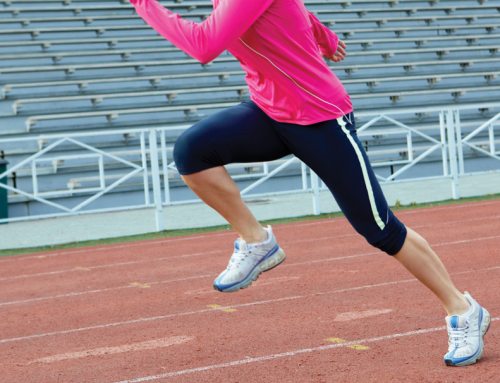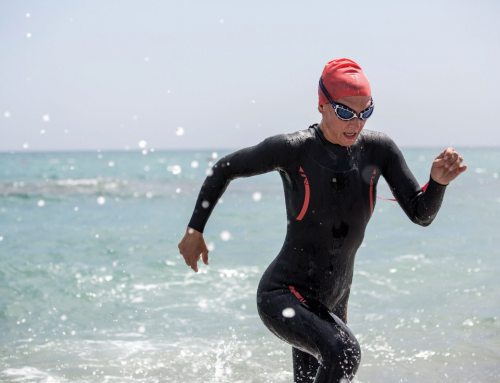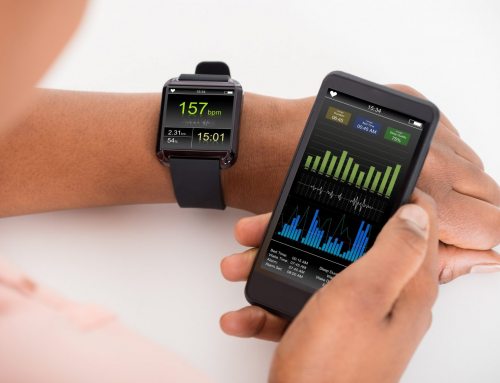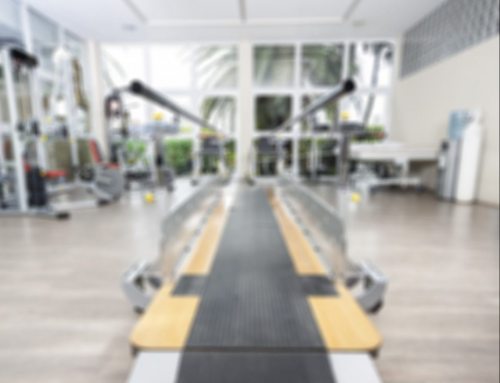By Brian Beatty
Most of you will be sitting as you read this. In general, sitting is not good for our health; moving is. The body is designed to function best when we are upright on our feet. When we sit, multiple body systems are stressed. The compressive load on the lumbar spine and discs doubles when sitting. If we sit and bend forward (laptops, anyone?) the load increases to four times that of simple standing.
As we sit, joints stiffen, the vascular and digestive systems are compressed, and muscles and ligaments start to shorten. Yet for most of us, some level of sitting equates to our level of income. We have adapted to it, practicing it since first grade and becoming adept at it. However, if you are reading this, odds are you prefer to be actively doing rather than passively sitting.
The ideal way to manage sitting is to simply get up. In a perfect world, we would get up every 15-20 minutes. As little as 60-90 seconds of standing and moving can relieve 80 percent of the detrimental stressors of inactive sitting. However, in the real world, this is not always possible or practical. So our challenge is to turn passive sitting into action. If you would rather be running, walking, swimming or cycling than sitting, you are in luck: Just do it in the chair. Here is one way, but please take this idea, embrace it, enhance it and make it your own.
Assuming you are sitting as you read this, follow along. The clearer you can make the visualizations and body awareness in this exercise, the more beneficial it becomes. Start by sliding a bit forward your chair and placing your feet solidly on the ground. Roll your pelvis a little forward and back, letting your whole body sway and adjusting your foot placement so that you can press solidly on the floor as if you were going to stand.
Now think about running. Push one foot into the ground; let the core activate to bring your weight onto that side of the pelvis. Bring the opposite shoulder forward. Notice how the other leg lifts slightly and the shoulder on the pushing side moves slightly back. Keeping the pushing foot on the ground, pull back on the heel toward the pelvis and then allow the heel to slightly lift, bringing the push to the ball of the foot. You have just completed half a stride. Shift your weight, using your pelvis and core, to the other foot and repeat all of the movement on the other side. Keep shifting – now you are running.
Once you feel comfortable with the running motion, you can change to cycling simply by keeping both feet on the ground and smoothly alternating pushing and pulling the feet while focusing on keeping the pelvis and torso balanced in the center as you do so. Adapt the concept to any activity you want, free yourself from the chair and enjoy.
# # #
Brian Beatty, PT is a physical therapist with Proaxis Therapy in Carrboro, where he spends time with others exploring how to move in ways that are healthier. Visit www.proaxistherapync.com for more info on moving pain-free and efficiently.





